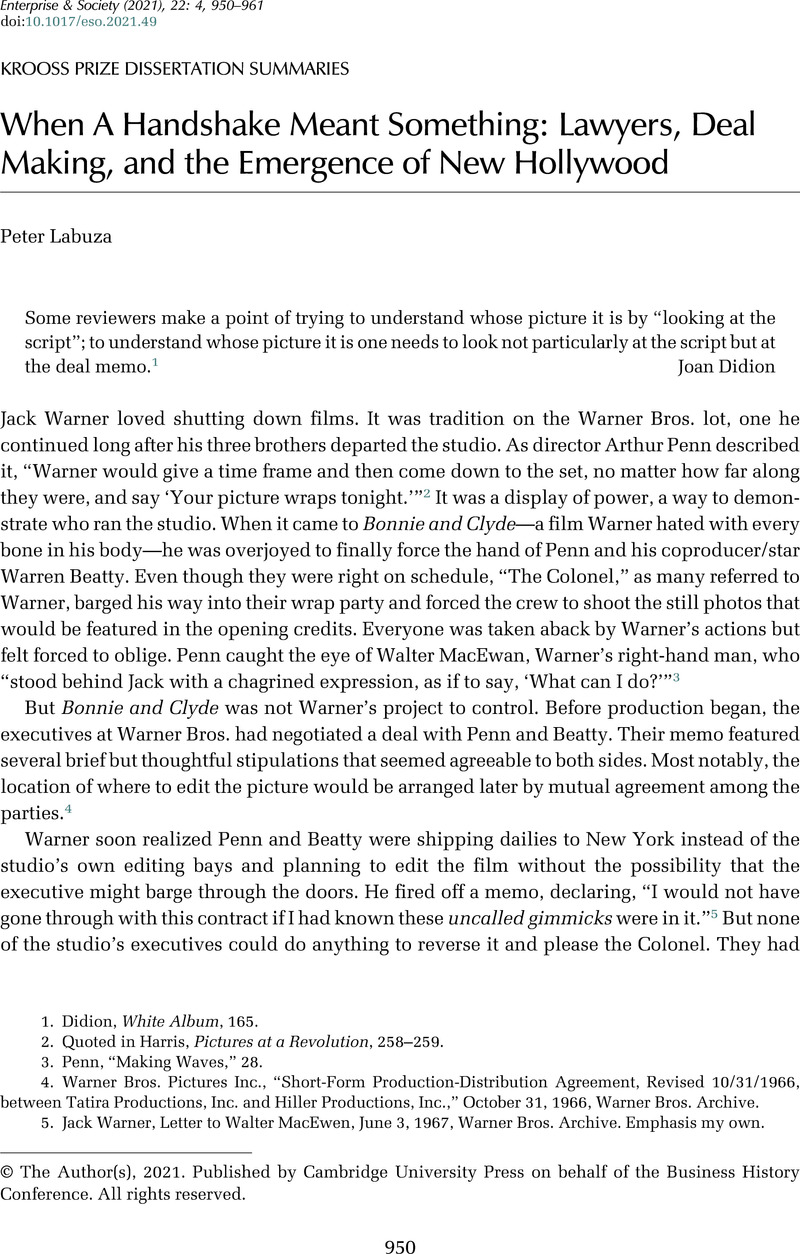Crossref Citations
This article has been cited by the following publications. This list is generated based on data provided by Crossref.
Palmer, Landon
2023.
Pop ubiquity: Cameo Performance as Star Management.
Celebrity Studies,
p.
1.

Published online by Cambridge University Press: 08 December 2021
